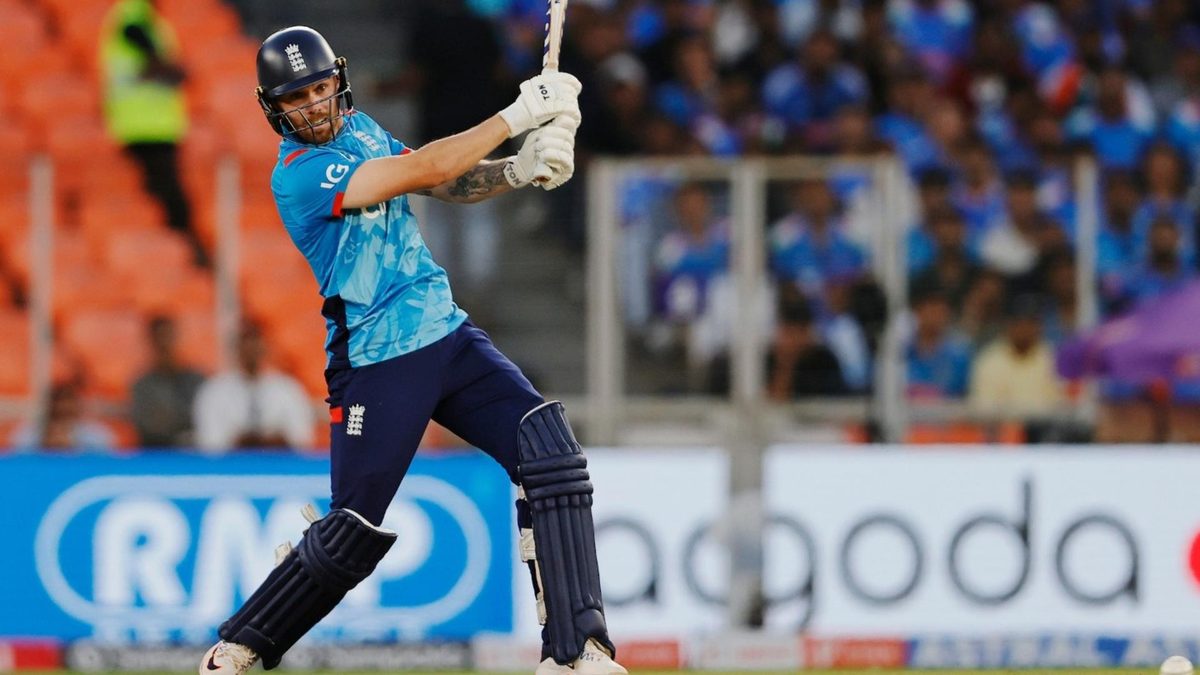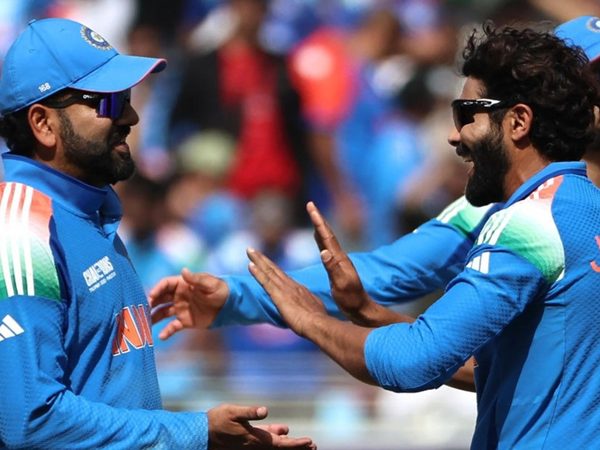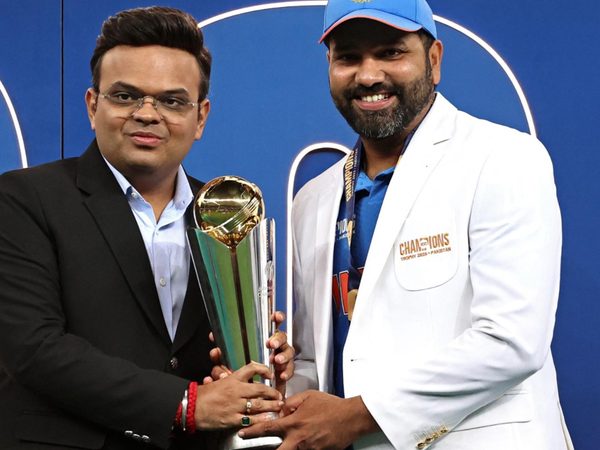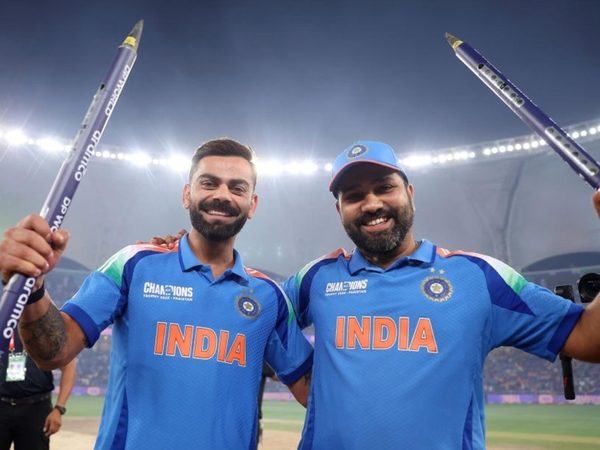
Phil Salt endured a miserable run in India and, by most measures, should be fighting for his international career going into the Champions Trophy. However, his place at the helm of England’s order could be saved by the one metric that matters.
On the face of it, Salt’s tour of India was unsuccessful. After three single-figure scores in the opening T20Is, he hit back with a half-century in the fifth, with hopes of a turnaround high when he got off to a flier in the opening ODI in Nagpur. Having taken apart debutant Harshit Rana for 26 off one over in the powerplay, his flurry of runs ended seven short of a half-century when he was run out. Two soft dismissals, both in the opening 11 overs, followed in the final two games of the series.
Salt’s failures in India epitomised England’s struggles. Unable to strike a balance between a high tempo and situational requirements, he got out at crucial points of each innings and was tied up when spin was brought on at the end of the powerplay. The most glaring ability England were missing in India was the ability to construct longer innings which turned into match-winning scores, something the Salt has scarcely shown the ability to deliver across his now four-year ODI career.
In 30 ODI innings, Salt has batted past the 20th over four times and on only one of those occasions has he still been batting at the 30-over mark. He’s also only faced more than 60 balls in an innings twice. The best ODI openers in the world are capable of making the most of the fielding restrictions in the powerplay and negotiating the tricky overs that come after, where spin plays a bigger role and rotating the strike at lower run rates is key to being able to build a platform to accelerate later on. Having come into England’s ODI side with T20 credentials showing his ability to do the former, he’s failed to develop the consistency in the latter to become a dependable 50-over opener. But, perhaps, in the eyes of who matters most in Salt’s international career, that doesn’t matter.
🗣️ "It's not likely that our team and the relative experience of it is going to have the skill and the nous to win what is a very difficult form of cricket."@markbutcher72 on England's ODI struggles ahead of the Champions Trophy 📉
— Wisden (@WisdenCricket) February 13, 2025
🤝 @MenofManual #INDvENG pic.twitter.com/FFm1uIGktH
The tour to the West Indies late last year showed a different side to Salt, who was faced with the prospect of chasing his place as a senior figure in England’s new era. He played his slowest-ever ODI innings of more than 20 runs in Bridgetown, scoring 78 off 108 balls. The innings came at a crucial point, with England 24-4 at the end of the powerplay, Salt batted until the 40th over to drag them to the possibility of well over 250. While his efforts in that game were in vain, the run-a-ball half-century he’d scored in the previous match was not, setting Liam Livingstone up with a platform to get England over the line in a big chase.
On Brendon McCullum’s first tour in charge, however, three months after the West Indies series, that version of Salt was nowhere to be seen. The key to this change possibly lies in the theory of ODI opening McCullum subscribed to as a player.
For all McCullum’s mythical status as a white-ball batter, his true impact is not shown in his overall numbers. At the end of his ODI career, his average was at a shade over 30 and his strike rate was at 96.37, high for the period he played over. Those numbers are not dissimilar to Salt's across a smaller sample size. But McCullum’s true stature is shown in how he revolutionised the way New Zealand played their 50-over cricket and planted the roots for England's own white-ball transformation.
At his 2015 pinnacle, McCullum’s job was to disrupt, to come in and blitz the top part of a chase with a 30-ball half-century, or stun the opposition during the powerplay, before the Kane Williamson, Ross Taylor middle-order axis capitalised. That game plan was so effective, that when McCullum was out in the first over of the World Cup final against Australia, his wicket near enough sealed the game. He created a game plan which enabled New Zealand to level the playing field against on-paper superior opponents. He was the ultimate disruptor during a transitional period of 50-over cricket that he largely drove.
With that in mind, picking an opener on their potential to play that disruptor role works in Salt’s favour. From that point of view, the 26 runs he hit off the sixth over of the game in Nagpur, forcing India to bring Axar Patel into the attack early, are of far more importance than the point at which Salt was walking back to the dressing room three overs later. Equally, if this is the blueprint, recalling Joe Root - ultimate anchor - at No.3 and packing the middle order with Buttler at No.5 and Livingstone back down to No.7 fits the kind of plan McCullum pioneered a decade ago.
There’s equally a view here, that this is a symptom of what England are missing, rather than a master plan of ODI structure. Rohit Sharma and Shubman Gill put on a clinic of ODI opening in Cuttack and Ahmedabad respectively, showing the kind of consistency and craft that England simply don’t have the skill to produce at this stage. But, by that insurgent model, in McCullum’s eyes, Salt can counter without replicating, as part of a 50-over game plan that’s greater than the sum of its parts.
Follow Wisden for all cricket updates, including live scores, match stats, quizzes and more. Stay up to date with the latest cricket news, player updates, team standings, match highlights, video analysis and live match odds.








